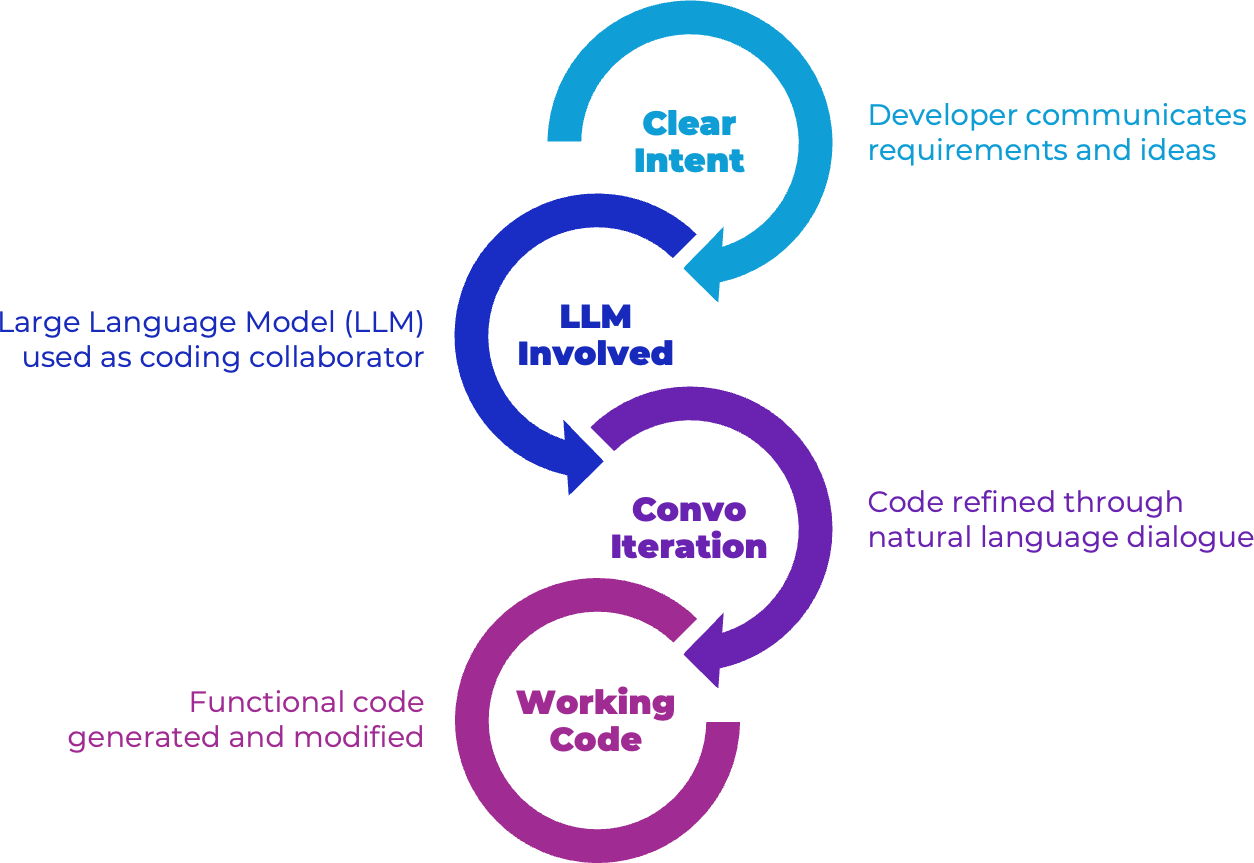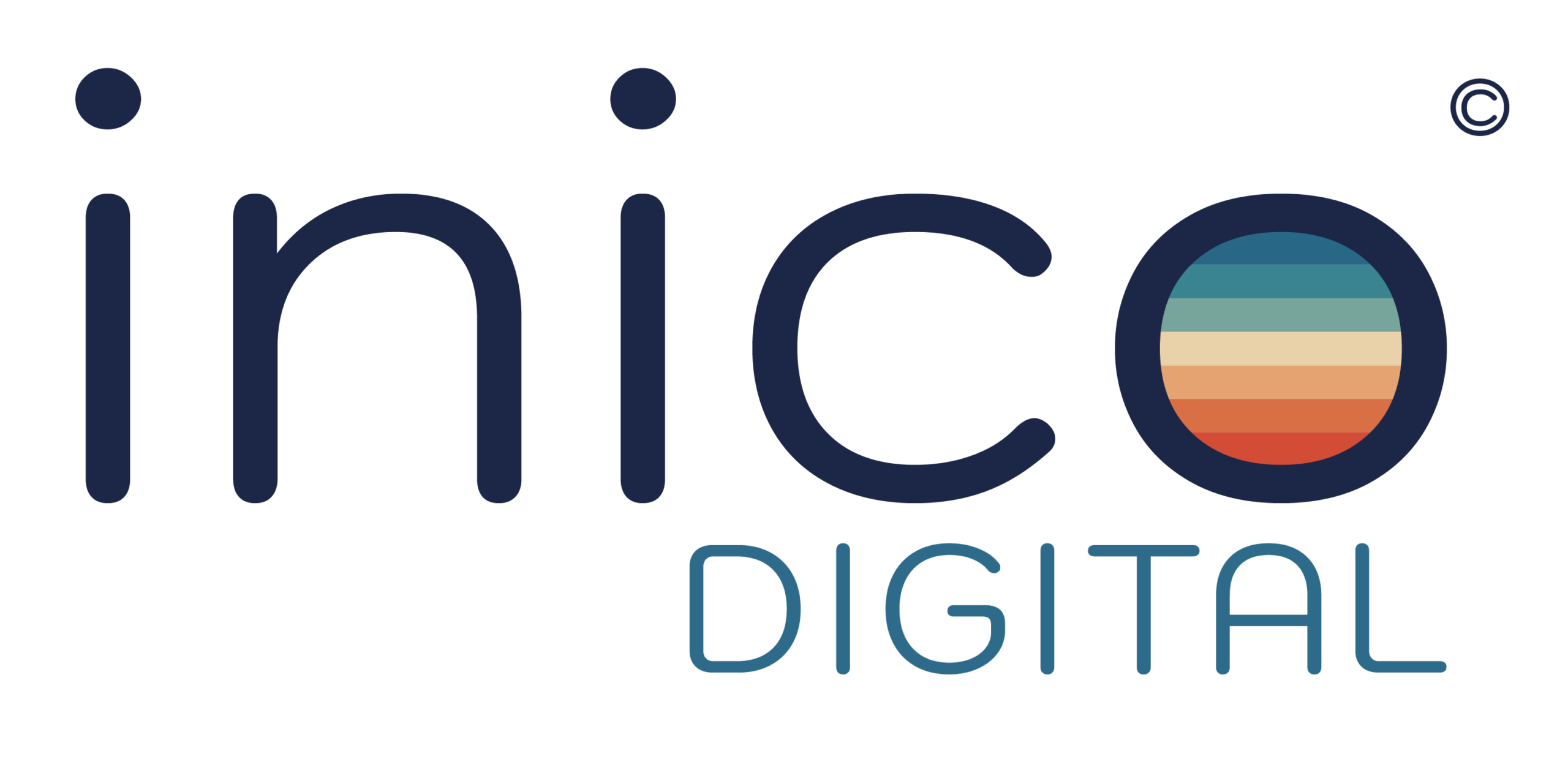Vibe Coding: How AI is redefining the way we build software
In the fast-paced world of digital development, a new trend is reshaping how we think about software creation: vibe coding. Coined by AI expert Andrej Karpathy, vibe coding refers to the emerging practice of building software in collaboration with large language models (LLMs), not through traditional coding structures, but through fluid, conversational exchanges.
At inico DIGITAL, we’ve been exploring how this shift isn’t just a developer curiosity – it’s a powerful evolution in human-computer interaction that could redefine everything from product prototyping to how we teach programming.
What Is Vibe Coding?
Vibe coding is a term used to describe a collaborative, free-flowing approach to development in which a developer (or non-developer) uses natural language to co-create code with an AI assistant. Rather than writing every line manually, the user describes intentions, goals, or desired outcomes, and the AI fills in the gaps – suggesting architecture, writing scripts, debugging and iterating based on feedback.
Think of it as pair programming, but your partner is a generative model trained on the collective knowledge of software development history.

How it works
A typical vibe coding session might look like this:
- User Prompt: “I need a basic Python script that scrapes the headlines from a news website every hour and stores them in a CSV.”
- AI Output: Writes the full script, including error handling, library imports, scheduling, and logging.
- User Iteration: “Can you adjust it to use an SQLite database instead?”
- AI Adjusts: Modifies the code accordingly.
Why it’s gaining traction
- Speed: Tasks that once took hours can now be completed in minutes.
- Accessibility: Non-coders can now participate in building functional prototypes.
- Creativity: Developers can explore ideas quickly without getting bogged down in syntax.
- Prompt Literacy: Knowing how to prompt the AI becomes as critical as knowing what to code.
According to recent surveys in the startup space, over 25% of early-stage tech companies now incorporate AI-assisted development in some form – many using vibe coding approaches for MVPs and internal tools.
Risks and limitations
Of course, vibe coding isn’t without its challenges:
- Security risks from copied or hallucinated code
- Poor abstraction or over-engineering from AI suggestions
- Debugging difficulties when users don’t understand the code fully
- Accountability: Who is responsible for bugs, compliance, or performance?
As with any emerging tech, responsible use and understanding the limits of the tools is critical.
The future of Prompt Engineering and Programming
At inico DIGITAL, our work with prompt engineering for adaptive learning is closely tied to the principles behind vibe coding. The same logic applies: it’s about crafting better prompts to elicit better outputs.
In vibe coding, this becomes a crucial new literacy. Instead of memorising syntax, tomorrow’s developers may be judged by their ability to:
- Specify clear goals
- Communicate iterative changes
- Evaluate AI-generated suggestions
- Refine outcomes based on context
It’s not just about what we build – it’s about how we collaborate with AI to build it.
Educational and industry implications
We believe vibe coding could reshape digital education and training:
- Coding bootcamps and schools may shift toward prompt fluency over syntax mastery
- Teams may adopt AI pair programmers to accelerate delivery and experimentation
- Product designers and domain experts may become more involved in prototyping directly
The implications for workforce development, tool design, and AI-human collaboration are profound – and just getting started.
Final thoughts
Vibe coding is more than a trend – it’s a signal of how AI is becoming a true creative partner in software development. At inico DIGITAL, we’re watching closely, experimenting boldly, and applying these insights across everything from edtech platforms to internal tooling.
Whether you’re a developer, educator or innovator, one thing is clear…

